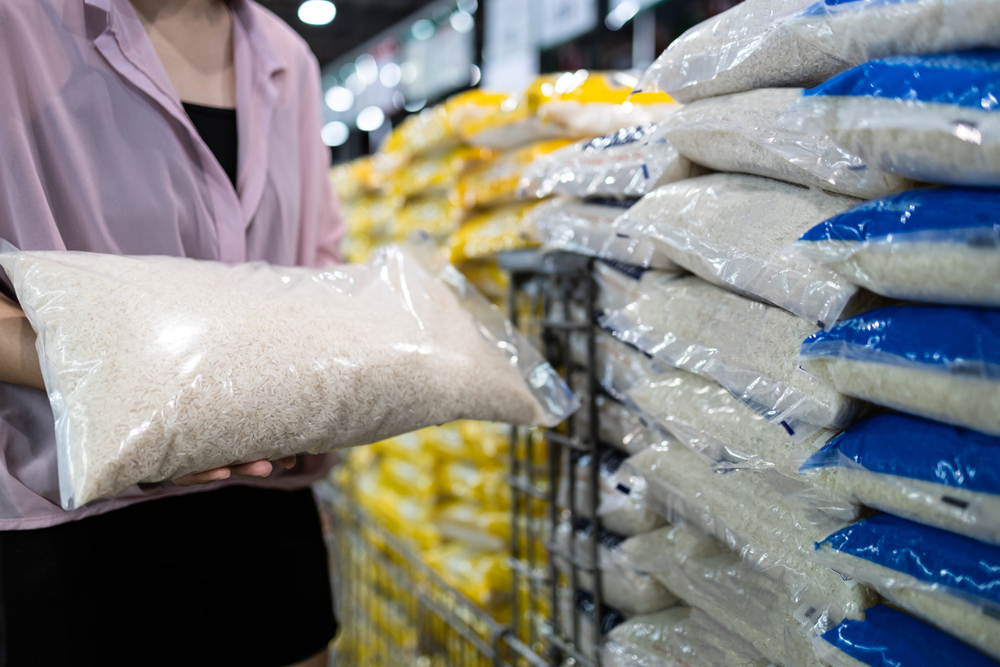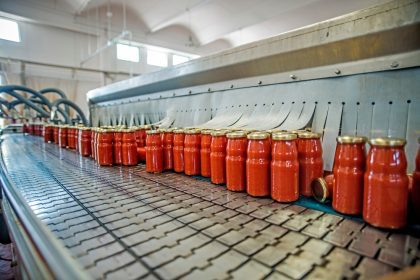The grain sitting in millions of kitchen pantries across America carries a hidden danger that most families never suspect. Rice, beloved for its versatility and nutritional benefits, harbors a concerning secret that health experts are only beginning to fully understand.
This everyday staple food provides essential nutrients including magnesium, iron, folic acid, and thiamin that support healthy body function. However, beneath its wholesome reputation lies a troubling reality that affects every type of rice available in grocery stores today.
Recent investigations by health organizations have revealed that rice plants act like sponges, absorbing harmful substances from their growing environment. These findings have prompted the U.S. Food and Drug Administration to issue guidance on rice consumption and sparked serious conversations about food safety and long-term health implications.
The invisible threat lurking in every grain
Rice cultivation occurs in flooded fields where plants draw nutrients and water from soil that may contain naturally occurring and industrial contaminants. This growing method, while traditional and effective, creates conditions where harmful substances can accumulate in the grain itself.
The absorption process happens naturally as rice plants develop, making contamination virtually unavoidable regardless of farming practices. This biological reality means that every rice variety, from budget brands to premium organic options, contains some level of these concerning substances.
The issue extends beyond simple contamination, as certain growing regions and rice varieties show significantly higher concentrations than others. Understanding these differences becomes crucial for families seeking to minimize their exposure while maintaining nutritious diets.
Meet the 5 dangerous metals found in your rice
- Arsenic represents the most prevalent and concerning contaminant found in rice products. This naturally occurring element becomes concentrated in rice plants and has been linked to various health complications, including increased cancer risk and developmental issues in children.
- Cadmium accumulates in rice through soil absorption and poses particular risks to kidney function and bone health. Long-term exposure to this metal can lead to serious health complications that may not appear for years.
- Lead contamination occurs when rice plants absorb this toxic metal from soil or water sources. Even small amounts can impact neurological development, particularly in young children whose brains are still forming.
- Mercury enters rice through environmental contamination and can affect nervous system function. While typically found in lower concentrations than other metals, mercury exposure remains a legitimate health concern.
- Chromium rounds out the list of concerning metals found in rice samples. This element can affect immune system function and has been associated with various health issues when consumed regularly over time.
Which rice varieties pose the greatest risk
Brown rice grown in southeastern United States contains some of the highest contamination levels discovered in recent testing. Laboratory analysis has identified concerning patterns in rice contamination across different varieties and growing regions.
The outer bran layer that gives brown rice its color and nutritional benefits also concentrates these harmful metals, creating a concerning trade-off between nutrition and safety.
Arborio rice, popular for risotto dishes, shows contamination levels nearly matching those found in brown rice varieties according to independent laboratory testing. This specialty rice’s absorption properties that make it ideal for creamy dishes also make it effective at concentrating environmental contaminants.
White rice from southeastern growing regions also demonstrates elevated contamination levels, though typically lower than brown rice varieties. The processing that removes the outer bran layer reduces but doesn’t eliminate metal content.
Pre-cooked and instant rice varieties present additional concerns beyond heavy metal contamination. These convenient options often contain higher levels of toxic substances and packaging chemicals that can leach into the grain during storage and preparation.
Smart choices that protect your family
California-grown rice varieties consistently show lower contamination levels compared to rice from other regions. The state’s different soil composition and agricultural practices contribute to cleaner final products that pose reduced health risks.
Jasmine rice cultivated in Thailand offers another safer alternative for families concerned about metal contamination. The growing conditions and soil characteristics in Thai rice-producing regions result in lower metal accumulation in the final grain.
Basmati rice grown in India represents another relatively safe option for regular consumption. The specific growing conditions and rice varieties used in Indian agriculture produce grain with reduced heavy metal content compared to many other options.
5 proven methods to reduce contamination at home
- Cook rice in abundant water using a ratio of 6 to 10 cups of water per cup of rice, then drain excess water before serving. Research shows this cooking method can reduce harmful metal levels by up to 60 percent while maintaining nutritional value.
- Soak rice before cooking for at least 30 minutes or overnight when possible. This simple step helps draw out contaminants more effectively than quick rinsing and requires no special equipment or ingredients.
- Choose safer rice varieties by selecting California-grown options, Thai jasmine rice, or Indian basmati rice when shopping. These varieties consistently show lower contamination levels in independent testing.
- Rotate rice with other grains to reduce overall exposure while maintaining dietary variety. Quinoa, millet, and other grains typically contain lower levels of heavy metals and provide different nutritional benefits.
- Limit consumption frequency especially for young children and pregnant women who face higher risks from metal exposure. Moderation allows families to enjoy rice while minimizing potential health impacts.
Protecting vulnerable family members
The American Academy of Pediatrics has expressed particular concern about children’s exposure to heavy metals through rice consumption due to their developing nervous systems and smaller body sizes. The same amount of contamination that might not significantly affect adults can have pronounced impacts on growing children.
The American College of Obstetricians and Gynecologists has issued guidance for pregnant women regarding rice consumption, as this represents another vulnerable population requiring special consideration. Metal exposure during pregnancy can affect fetal development and may have lasting impacts on child health and development.
Families with young children should prioritize safer rice varieties and employ multiple reduction techniques to minimize exposure. The combination of careful selection and proper preparation provides the best protection for developing minds and bodies.
Making informed decisions about rice consumption
Rice continues to provide valuable nutrition that supports healthy diets when consumed thoughtfully, according to nutrition experts. The grain offers essential vitamins, minerals, and energy that contribute to overall wellness and can remain part of balanced meal planning.
The FDA recommends that consumers, particularly toddlers and pregnant individuals, consume a variety of grains to ensure optimal nutrition while minimizing exposure to any single contaminant source. This approach maintains nutritional benefits while supporting long-term health goals.
Regular rotation with other grains ensures dietary variety while reducing cumulative exposure to any single contaminant source. This approach maintains nutritional benefits while supporting long-term health goals.
Simple steps for safer rice preparation
Start by selecting rice varieties known for lower contamination levels when grocery shopping. California-grown options, Thai jasmine rice, and Indian basmati rice offer better safety profiles than many alternatives.
Preparation begins with proper soaking, which helps remove surface contaminants and begins the process of drawing out absorbed metals. Extended soaking times provide better results than quick rinses.
Cooking in abundant water followed by draining removes additional contaminants that soaking alone cannot eliminate. This extra step significantly reduces final contamination levels in prepared rice.
Storage in clean, dry containers prevents additional contamination after preparation. Proper storage also maintains rice quality and prevents the growth of harmful microorganisms.
Building awareness for better health
Understanding heavy metal contamination in rice empowers families to make informed dietary decisions based on guidance from the Centers for Disease Control and Prevention and other health authorities. Knowledge about safer varieties and preparation methods provides practical tools for reducing exposure while maintaining nutrition.
The World Health Organization continues to monitor heavy metal contamination in food supplies globally, providing updated recommendations as new research emerges. Regular attention to these developments helps families stay informed about emerging research and recommendations.

















